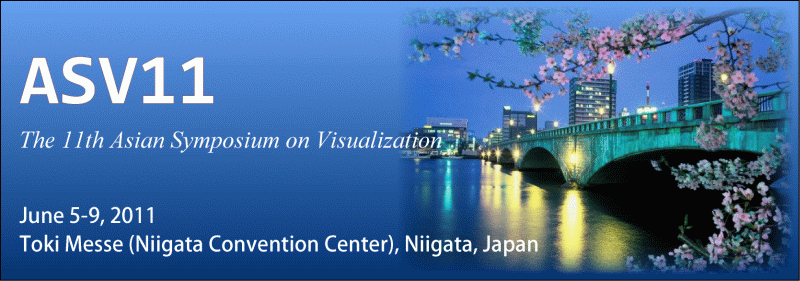|
|
 |
| Dr. Jürgen Kompenhans |
|
| Title |
| Quantitative visualization techniques for aerodynamics |
|
| Abstract |
|
Since two decades technological progress at lasers, video techniques, optoelectronics, computers and evaluation algorithms allow to extract quantitative information from images of flows. Continuous improvement of such image based measurement techniques and decreasing costs of equipment enabled many research groups to exploit these techniques for extraction of 2-dimensional or even 3-dimensional data mainly for fundamental research. Since a decade ago many image based measurement techniques have found interest in aerodynamics and are even used as a matter of routine in industrial applications, especially in large wind tunnels or at in-flight testing.
Quantitatively measurable values of interest for aerodynamics are pressure
(Pressure Sensitive Paint, PSP), velocity (Particle Image Velocimetry,
PIV), location of transition lines (Temperature Sensitive Paint, TSP),
density (Background Oriented Schlieren Method, BOS), and sound pressure
(Acoustic Microphone Array Technique), in parallel with the determination
of deformation (Image Pattern Correlation Technique, IPCT) and position
of the model in the wind tunnel or of the wing of an airplane in flight
(Position and Deformation Measurement System, PDMS). Application of such
techniques by the Department Experimental Methods is mainly performed in
the scope of large industrial projects in European co-operation. For this
purpose mobile measurement systems have been developed, which can be flexibly
adjusted to particular testing environments (see http://www.dlr.de/as/en/desktopdefault.aspx/tabid-183/251_read12784/)
All data is acquired non-intrusively so that no inference of the flow
field by the measurement is to occur. In consequence, the methods developed
are particularly suited for the aero-dynamical and aero-acoustical analysis
of complex, unsteady three-dimensional flow fields measurement techniques
in aerodynamics by the Department of Experimental Methods and will describe
current problems are future needs. |
|
|

